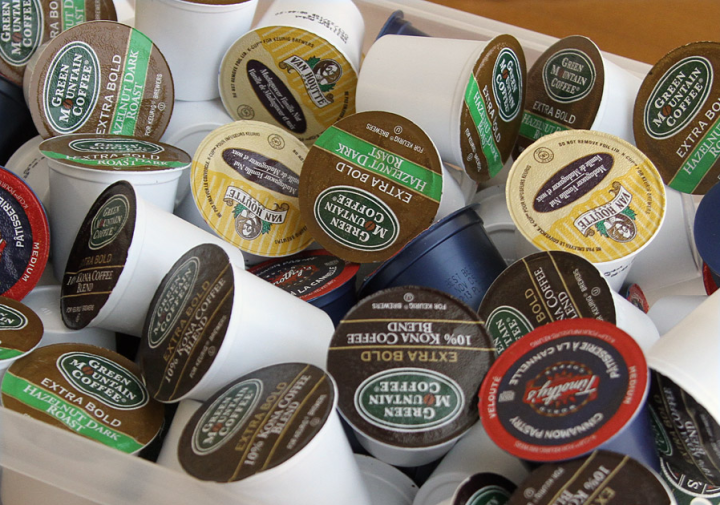
Green Mountain Coffee roasters –manufacturer of the fairly ubiquitous single serving “K-cup” coffee brewers– is making moves to edge out the competition in the future. They’ve been the top dog in the single-serving market for years now, selling little plastic pods that now come in over 200 licensed varieties. But ever since a crucial patent expired in 2012, competitors have been able to produce generic K-cup pods that retail for anywhere from 5-25 percent less than those made by Keurig.
Obviously, this has been cutting into Keurig’s bottom line, so the company wants to put a stop to it. As with computer printers, refills are where Keurig makes most of its money, so to ensure that consumers stick with its own name brand pods, Green Mountain plans to implement the physical equivalent of a DRM system into its upcoming line of coffee machines. The new brewers, which will start appearing on store shelves later this year, will be outfitted with new “interactive technology” designed to work only with licensed K-cup pods — effectively blocking out competitors.
Unsurprisingly, companies who produce generic K-cups aren’t too pleased with this activity. TreeHouse Foods has even gone so far as to file a lawsuit (pdf) against Keurig, claiming that, in addition to the upcoming anticompetitive brewer design, the company has been been busy striking exclusionary agreements with suppliers and distributors to lock competing products out of the market, saying:
“Green Mountain has announced a new anticompetitive plan to maintain its monopoly by redesigning its brewers to lock out competitors’ products. Such lock-out technology cannot be justified based on any purported consumer benefit, and Green Mountain itself has admitted that the lock-out technology is not essential for the new brewers’ function. Like its exclusionary agreements, this lock-out technology is intended to serve anticompetitive and unlawful ends.”
The plan was confirmed by Keurig’s CEO, who stated on a recent earnings call that the new maker indeed won’t work with “unlicensed” pods as part of an effort to deliver “game-changing performance,” and “ensure the system delivers on the promise of excellent quality beverages produced simply and consistently every time.”
What do you think? Sound off in the comments below.




